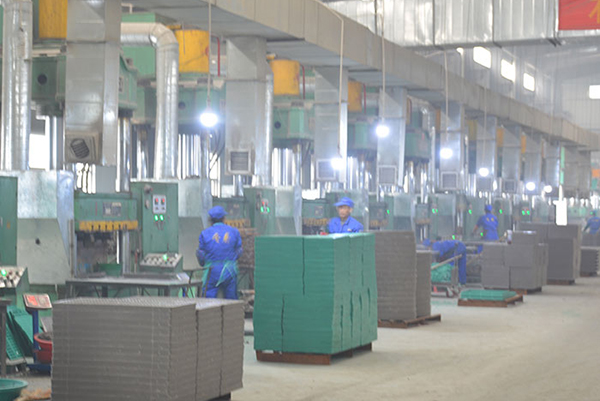In what aspects are denitrification catalysts applied
Publishdate:2019-07-12 Views:90
Denitration catalysts are something that many people are familiar with, and they exist in any industry in their daily lives. Its main function is to accelerate or reduce the speed of the onset or response of a certain substance, and its application in the chemical industry is ignored.
The denitrification catalyst that will be discussed next is also a substance commonly used in the chemical industry. As the name suggests, the main function of this substance is to separate the chemical substance nitrate. For those who are not familiar with catalysts, they may think that catalysts are only used to increase the speed of certain chemical reactions, but they are not.
In addition to increasing the rate of certain chemical reactions, he can also inhibit the reaction rate of certain chemical substances to a certain extent. Of course, different catalysts will have different effects, perhaps increasing the reaction rate or decreasing the reaction rate.
Since the invention of chemistry by humans, denitration catalysts have been invented. Not only this type of catalyst, but also many other types of catalysts. These catalysts have a wide range of applications in daily life or manufacturing industries, but the types of catalysts used vary in different places.

If you want the catalyst to play its great role, you need to meet the following three requirements: first, when using the catalyst, it must be in full contact with the object being acted on, so that its catalytic effect can reach a high level. Secondly, catalysis must be carried out under specific conditions, and different catalyzed substances must have their corresponding environments. The properties of the post catalyst itself must be good, and its quality must be good, otherwise the catalytic effect will not be significant.
If you want the catalyst to play its great role, you need to meet the following three requirements: first, when using the catalyst, it must have sufficient contact with the object being acted on, so that its catalytic effect can reach a high level. Secondly, catalysis must be stopped under specific conditions, and different catalyzed substances must have their corresponding environments. The properties of the post catalyst must be good, and its quality must be good, otherwise the catalytic effect will not be significant.
Denitration catalysts are something that many people are familiar with, and they exist in any industry in their daily lives. Its main function is to accelerate or reduce the speed of the onset or response of a certain substance, and its application in the chemical industry is ignored.
The denitrification catalyst that will be discussed next is also a substance commonly used in the chemical industry. As the name suggests, the main function of this substance is to separate the chemical substance nitrate. For those who are not familiar with catalysts, they may think that catalysts are only used to increase the speed of certain chemical reactions, but they are not.
In addition to increasing the rate of certain chemical reactions, he can also inhibit the reaction rate of certain chemical substances to a certain extent. Of course, different catalysts will have different effects, perhaps increasing the reaction rate or decreasing the reaction rate.
Since the invention of chemistry by humans, denitration catalysts have been invented. Not only this type of catalyst, but also many other types of catalysts. These catalysts have a wide range of applications in daily life or manufacturing industries, but the types of catalysts used vary in different places.

If you want the catalyst to play its great role, you need to meet the following three requirements: first, when using the catalyst, it must be in full contact with the object being acted on, so that its catalytic effect can reach a high level. Secondly, catalysis must be carried out under specific conditions, and different catalyzed substances must have their corresponding environments. The properties of the post catalyst itself must be good, and its quality must be good, otherwise the catalytic effect will not be significant.
If you want the catalyst to play its great role, you need to meet the following three requirements: first, when using the catalyst, it must have sufficient contact with the object being acted on, so that its catalytic effect can reach a high level. Secondly, catalysis must be stopped under specific conditions, and different catalyzed substances must have their corresponding environments. The properties of the post catalyst must be good, and its quality must be good, otherwise the catalytic effect will not be significant.




